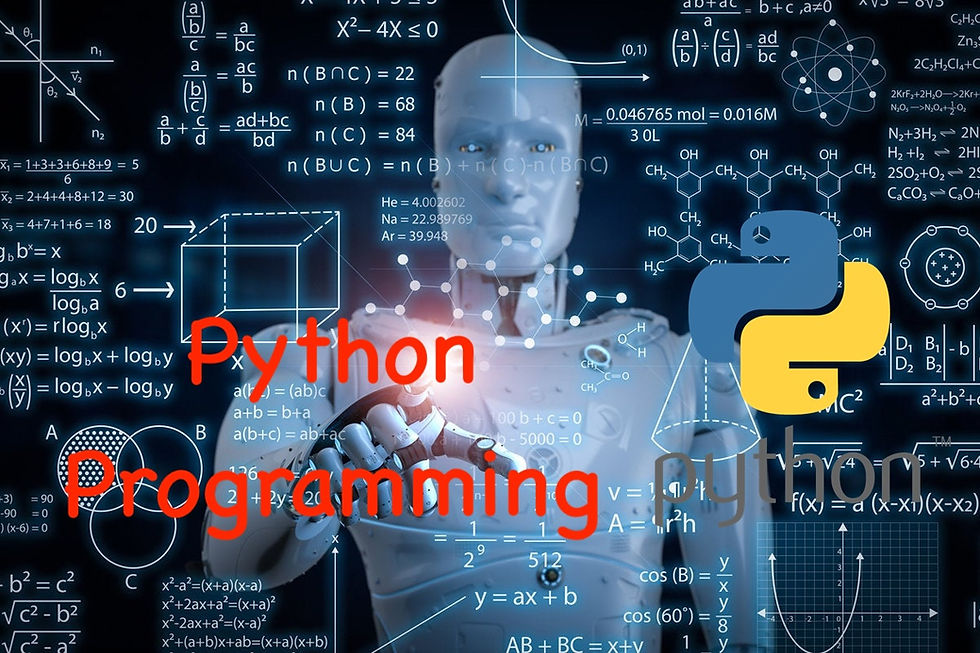
Hello future Python enthusiasts! Welcome to the world of advanced Python programming. Today, we’re going to dive into a crucial topic that every programmer should understand: Exception Handling. Buckle up as we explore how to manage errors gracefully in your Python code!
What is Exception Handling?
Imagine you're playing a video game and suddenly your character falls into a pit. The game should ideally give you another chance rather than just crash and end. Similarly, in programming, exceptions are like those unexpected pits. Exception handling allows your program to deal with these errors smoothly and continue running or exit gracefully.
Difference Between Errors and Exceptions
Before we dive in, let's clarify the difference between errors and exceptions:
Errors: These are serious problems that a program should not try to handle. For example, running out of memory.
Exceptions: These are conditions that a program can handle. For example, trying to divide a number by zero.
Basic Exception Handling in Python
In Python, we use try, except, and finally blocks to handle exceptions.
Example 1: Handling Division by Zero
try:
result = 10 / 0
except ZeroDivisionError:
print("Oops! You can't divide by zero.")
finally:
print("This block always executes.")Explanation
try: Here, we try to execute the division operation.
except: If a ZeroDivisionError occurs, the code inside this block is executed.
finally: This block always runs, regardless of whether an exception occurred or not.
Providing More Information to the User
We can also give more information about the exception to the user.
Example 2: Catching and Displaying the Exception Message
try:
result = 10 / 0
except ZeroDivisionError as e:
print(f"Error: {e}")
finally:
print("This block always executes.")Here, e will contain the message related to the exception, making it easier to understand what went wrong.
Creating Custom Exceptions
Sometimes, you may want to create your own exceptions to handle specific situations in your program.
Example 3: Custom Exception for Invalid Age
class InvalidAgeError(Exception):
def __init__(self, message):
self.message = message
def check_age(age):
if age < 0:
raise InvalidAgeError("Age cannot be negative!")
else:
print("Valid age")
try:
check_age(-1)
except InvalidAgeError as e:
print(f"Error: {e.message}")Explanation
Custom Exception: We create a class InvalidAgeError that inherits from Python's built-in Exception class.
check_age Function: This function raises the custom exception if the age is negative.
try-except Block: We use this block to catch and handle the custom exception.
Handling Multiple Exceptions
You can also handle multiple exceptions using multiple except blocks.
Example 4: Handling Multiple Exceptions
try:
number = int(input("Enter a number: "))
result = 10 / number
except ValueError:
print("That's not a valid number!")
except ZeroDivisionError:
print("Oops! You can't divide by zero.")
except Exception as e:
print(f"An unexpected error occurred: {e}")
finally:
print("This block always executes.")Explanation
ValueError: This handles cases where the user enters something that isn't a number.
ZeroDivisionError: This handles division by zero.
Exception: This is a catch-all for any other exceptions that might occur.
Conclusion
Understanding exception handling in Python is essential for writing robust and reliable code. By using try, except, finally, and custom exceptions, you can make sure your programs handle unexpected situations gracefully.
In our next post, we will dive deeper into advanced Python topics like custom exception handling and more complex scenarios. Stay tuned, keep learning, and happy coding!
If you found this post helpful, don't forget to share it and subscribe for more Python programming tips and tricks.
Comments